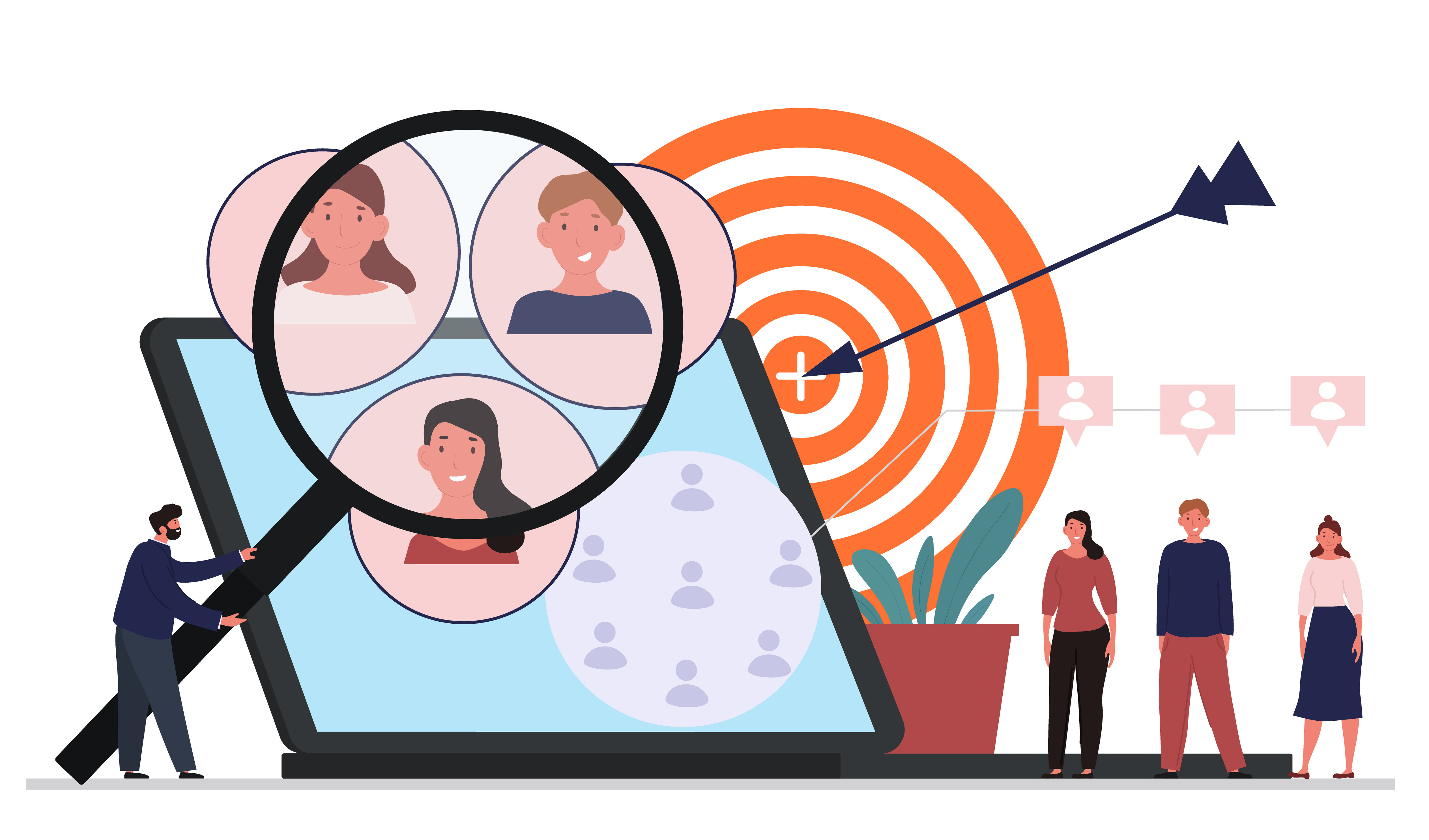
In today’s information-saturated world, attention is currency. Traditional, “spray-and-pray” advertising approaches are increasingly ineffective, with consumers bombarded with irrelevant messages. This is where hyper-targeted advertising, powered by AI audience segmentation, shines. It’s no longer about reaching everyone; it’s about reaching the right people with the right message at the right time.
What is AI Audience Segmentation?
Imagine dividing your target audience into laser-focused groups based on a multitude of factors beyond demographics. This is the power of AI audience segmentation. Using advanced algorithms, AI analyzes vast amounts of data, including:
- Demographics: Age, location, income, etc.
- Online behavior: Website visits, search queries, social media activity.
- Purchase history: Products bought, frequency, spending patterns.
- Interests and preferences: Inferred from online activity and content engagement.
By crunching this data, AI unveils hidden patterns and segments your audience into groups with distinct characteristics and behaviors. You can then tailor your ad campaigns to resonate with each segment’s specific needs and desires.

The Benefits of Hyper-Targeted Ads:
- Increased ROI: Laser-focused targeting reaches the most receptive audience, maximizing ad spend and conversions.
- Enhanced relevance: Personalized messages resonate better, leading to higher engagement and click-through rates.
- Improved brand building: Tailored campaigns foster deeper connections with specific customer segments.
- Dynamic optimization: AI allows for real-time campaign adjustments based on audience behavior and performance.
- Deeper insights: Data analysis reveals valuable customer understanding beyond demographics.
Examples in Action:
- Retailer X: Segments customers by past purchases and browsing behavior. They serve discount ads for specific products to customers nearing their estimated repurchase cycle.
- Travel agency Y: Uses AI to identify potential travelers based on online searches and social media activity. They then target these segments with personalized ads showcasing dream destinations and travel deals.
- Streaming service Z: Analyzes viewing habits to segment users by genre preferences. They then serve targeted ads for new shows within each user’s preferred genre.
Beyond the Hype: Ethical Considerations
While AI-powered targeting offers immense benefits, it’s crucial to approach it responsibly. Ethical considerations include:
- Transparency: Users should be aware of how their data is used for targeting and have control over its usage.
- Avoiding bias: Algorithms should be developed and trained to avoid perpetuating biases that could lead to discriminatory outcomes.
- Privacy protection: User data should be secured and used responsibly, respecting privacy rights and regulations.
By prioritizing responsible development and ethical practices, we can ensure AI-powered targeting benefits both businesses and consumers, fostering a more personalized and mutually beneficial advertising ecosystem.

The Future of Hyper-Targeted Ads: Personalization at Scale
AI audience segmentation is still evolving, but the future promises:
- Granular targeting: Targeting segments based on micro-behaviors and real-time insights.
- Contextual awareness: Ads seamlessly integrated into relevant online contexts and environments.
- Predictive targeting: AI anticipating customer needs and delivering ads before they even arise.
As technology advances, hyper-targeted ads will become even more personalized and influential. Consumers will expect ads that feel less like interruptions and more like helpful suggestions. Businesses that embrace ethical AI-powered targeting will be well-positioned to navigate this future and build meaningful connections with their audiences.

